
Term Blue Economy
The term “blue economy” entered common parlance after the United Nations (UN) Conference on Sustainable Development held in the year 2012 to promote marine ecosystem integrated management .Yet the ensuing concluding remarks did not allude to the word blue. The emphasis during the UN conference was about building adequate capacity for the conservation, sustainable development and exploitation of the resources of the oceans. The phrase blue economy was formally recognized in the 2017 UN Ocean Conference. The concept of Blue Economy encompasses fishing, renewable energy, hydrocarbon, shipping logistics, exclusive economic zones, mining, tourism and related industries in a regulated environment.
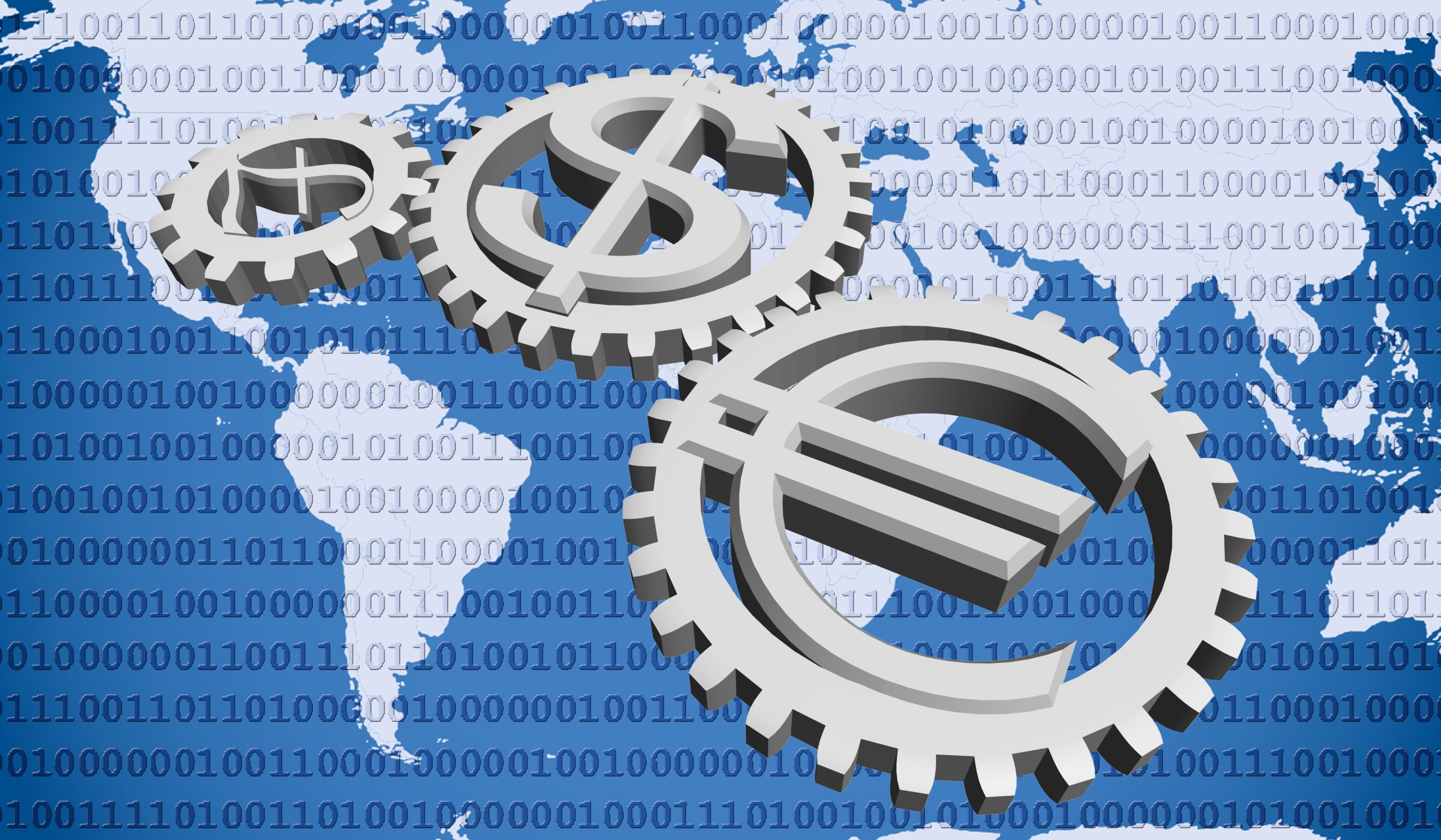
Interchangeable Terms
The terms blue economy and blue finance are interchangeable and recognized in the 2030 Agenda for Sustainable Development adopted by the UN Sustainable Development Summit in 2015. The 2030 Agenda highlighted the Sustainable Development Goals (SDG’s) , a series of international development goals covering the period 2016 to 2030. The SDG’s comprise of 17 goals with the objective to eradicate poverty and progressing towards a balanced environment. The SDG Goal 14 relates to “ Life Below Water “ oriented towards a healthy and sustainable manner of using marine assets whilst enabling economic development and at the same time maintaining the aquatic ecological environment. Still SDG 14 does not refer unambiguously to the blue economy and identifies its core areas components including sustainably controlling and safeguarding marine and coastal ecosystems in an efficacious manner, regulating harvesting, ultimately finishing illegal and unregulated fishing as well as severely detrimental fishing methods. The SDG’s 14.7 and 14.b allow disproportionate weightage to small island developing states through ostensibly providing access to marine resources and markets for small scale artisanal fishing and related activities perhaps to enhance the voting clout at international maritime fora of developed countries through proxy small island states.
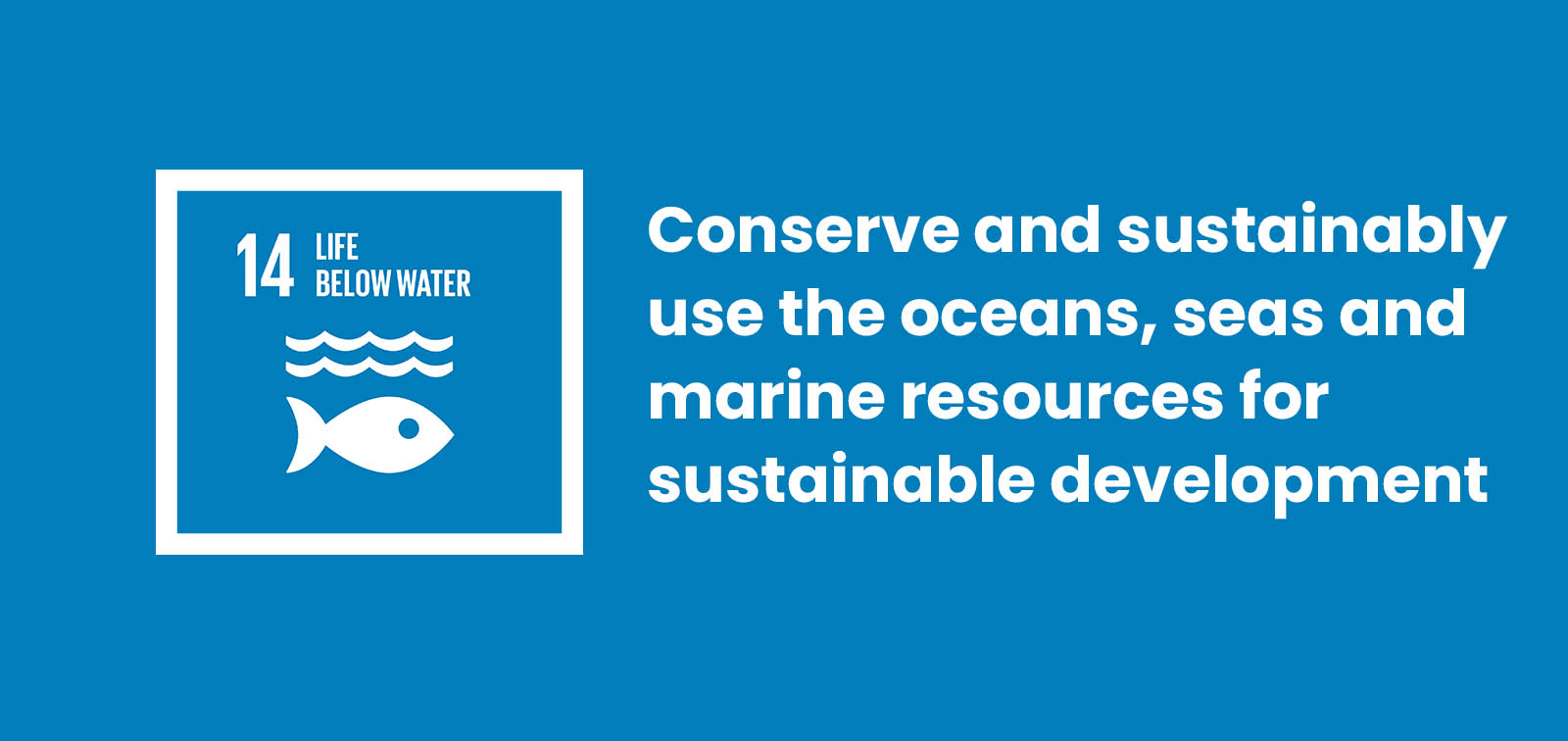
Energy in Maritime
The maritime sources of energy or offshore energy renewable sources include offshore wind which may have fixed or floating foundations, floating solar photovoltaic technologies especially useful for off grid areas or small islands. Towards the end of the year 2019 the world’s installed offshore wind capacity reached 29 GW being concentrated in the North Sea . Ocean energy technologies are considered to be in the early or nascent stages nearing commercialisation the notable exception being offshore hydrocarbon drilling and production.

Coastal Pollution
The worst type of marine pollution is the wide and indiscriminate dumping of non-biodegradable waste and plastics in tandem with uneducated coastal redevelopment and reclamation. What is distressing is that discharging of untreated effluents from industrial estates results in perpetual damage to the aquatic habitat with a direct impact on the food supply chain and food security. It is a matter of concern that there has been a conspicuous decline in the percentage of fish stocks within biologically sustainable parameters from 90 % in the year 1974 to 65 % in the year 2017. Beach and urban coastline cleaning campaigns present excellent photo opportunities and the plastic waste merely ends up in non-sanitized dumping areas. The Philippines which is a tourist destination annually produces around 2.7 million metric tons of plastic categorized as mismanaged waste. Marine pollution transcends boundaries which prompted the UN Environment Programme to host the Global Partnership on Marine Litter designed to adhere to SDG 14. A study of the Siargao Islands in the Southern Philippines showed how marine litter can be drastically lowered in tourism destinations by introducing innovative economic interventions. This can be done in various ways such as resorting to legislation, prudent maritime policies, capacity building or technological advancements.
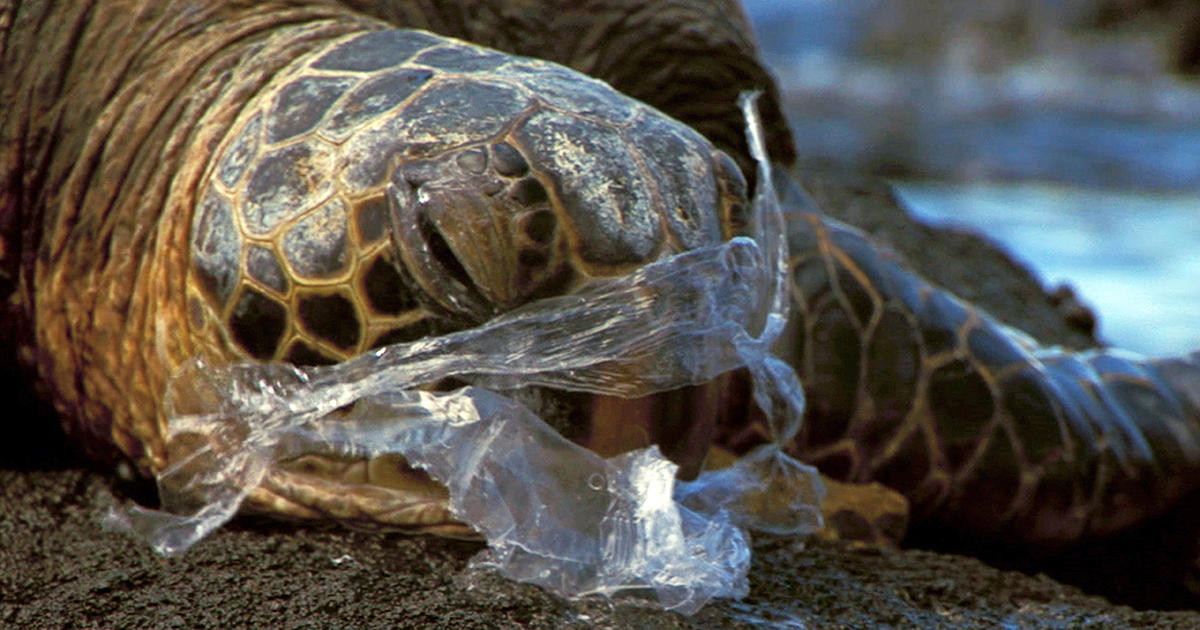
Mandatory Credit: Photo by FLPA/Shutterstock (3276131a)
Pacific Green Turtle (Chelonia mydas agassisi) adult female, suffocating on injested plastic bag, mistaken for jellyfish, Big Island, Hawaii
Nature
UNCLOS
Ensuring ocean conservation and sustainable ocean use has been an international priority since the United Nations Convention on the Law of the Sea .The safety , security and environmental standardization of international shipping is regulated by the International Maritime Organization , a specialized agency working under the auspices of the United Nations.
Ocean emissions and Climate change
The trends in increasing temperatures, acidification, reduction in oxygen decline , increased greenhouse gas concentrations in the atmosphere on account of fossil fuel consumption alters the spatial distribution of marine migratory species and is likely to cause coral bleaching disrupting breeding grounds and negatively impacting fishing.The Paris Agreement on climate change envisions restricting global temperature rise below 2°C to avert impact on aquatic environments.
Singapore accounts for almost 22% of present day bunkering. Globally the emphasis towards the use of cleaner fuels needs to take into account the imperatives of infrastructure adjustment since seven ports are categorized as major bunkering ports. Under the prevailing regulatory structure and present day fossil fuel prices clean fuels are not economically viable for being adopted in propulsion technology. Taking into account the infrastructure conversion costs of ocean going vessels and ports, technological advancement and non-inclination of shippers to integrate low carbon energy in order to reduce carbon emissions concerted international efforts have to be taken to achieve the goal of lowered marine carbon footprint.
Blueness Index
There is a relatively new term of “blueness index “incorporating ocean emissions which are worked out as a percentage of sales wherein higher value of the blueness index implies that emission levels are low. Theoretically governments may float “ blue bonds “ with rates of returns higher for lower emissions.
Blue or Maritime Economic Zones
The Shandong Peninsula of the Peoples’ Republic of China is a reginal maritime flagship endeavor which commenced in the year 2011 and comprises of eight cities with a sea and land area of 159,500 sq.km and 64,000 sq.km respectively. This regional maritime zone or maritime industrial cluster involves marine education, maritime scientific research and marine expertise . The flagbearer of this initiative is the port city of Qingdao envisaging a “blue “ economic zone comprising of activities in the spheres of port, petroleum , chemicals, shipbuilding, electrical products manufacturing , biomedicine, tourism, and automobiles.
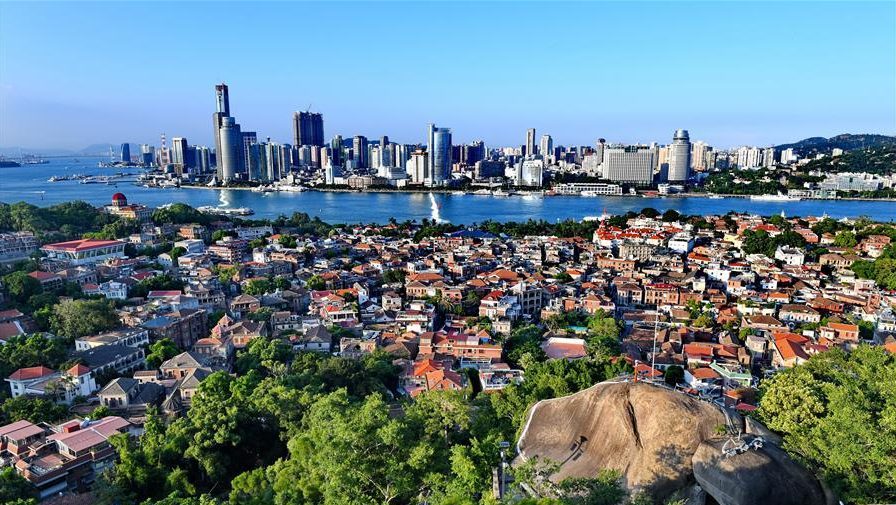
Blue Tourism
Philippines covers 1,830 square kilometers of territorial sea and has around 7,000 islands with most inhabitants deriving their livelihood from maritime sectors and maritime tourism as evident from the staggering figure of 7.1 million international visitors entering Philippines in the year 2018 and local tourism attributable to around 111 million domestic trips.
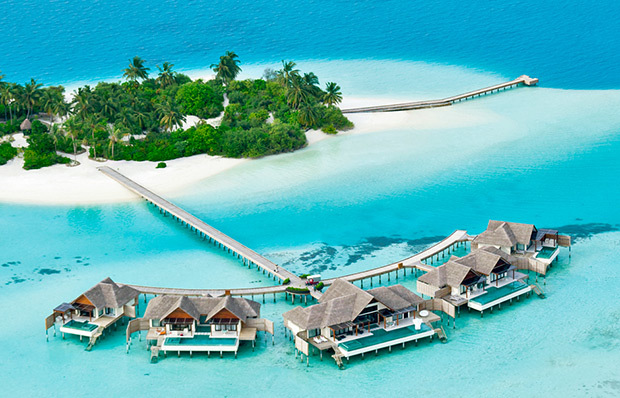
Mangroves
The drastic reduction of almost 50% of Philippine’s mangrove cover may be attributable to climate change and territorial weather conditions with a significant contribution by anthropogenic sources particularly felling mangroves for fuel and unbridled construction as well as petroleum pollution which suffocates mangrove which can be offset by introducing mangrove species with specific hydrological characteristics.
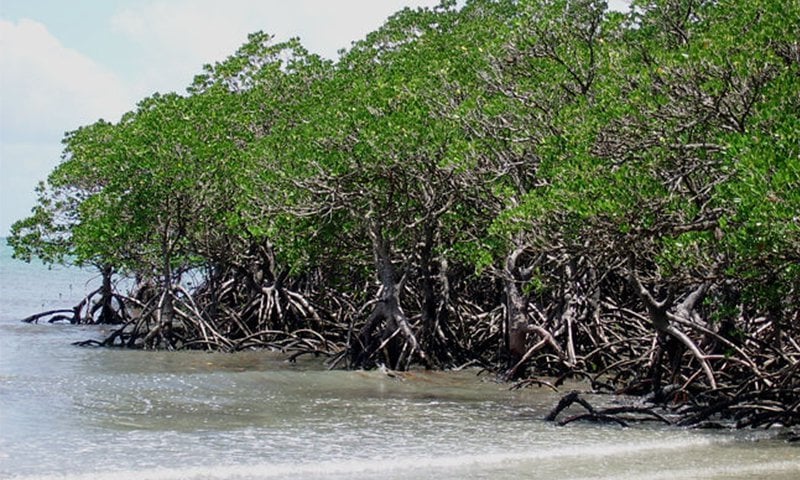
Asian Development Bank and Maritime
Asian Development Bank’s ocean action plan amounts to USD five billion focusing on :
- creating inclusive livelihoods and business opportunities in sustainable tourism and fisheries
- protecting and restoring coastal and marine ecosystems and key rivers
- reducing land-based sources of marine pollution, including plastics, wastewater and agricultural runoff
- improving sustainability in port and coastal infrastructure development
Coastal Degradation and Impact on Marine Infrastructure
The phenomena of coastal degradation have become increasingly complex in the last two decades as the shrinking of urban area near port and coastal cities is not being adequately balanced with uneducated reclamation along the coastal and beach areas. Geographic information systems, high resolution satellite imagery and remote sensing methods have enabled shoreline alterations digital mapping. Research reveals that coastal longshore currents, rip currents, waves, wind activities, removing sand from the shore and depositing it somewhere else, enlarged anthropogenic activities like mass development works of reclamation for construction of concrete structures , excessive sand excavation and mining, mangrove destruction, artificial alteration through dredging, filling, and construction significantly contribute towards coastal erosion with its corresponding impact on the port and existing hydrological regime. Longshore sediment transportation and seasonal winds may cause erosion in other coastal areas. Port cities and coastal cities can be safeguarded against erosion and degradation through soft or hard means. Beach nourishment and sandy dune construction are considered to be soft sheltering whereas hard coastal protection techniques include revetments, groynes, offshore breakwaters and direct protection through laying of rock bed. Such mechanisms of safeguarding of shores are akin to natural barriers without resorting to any massive constructive protection method.
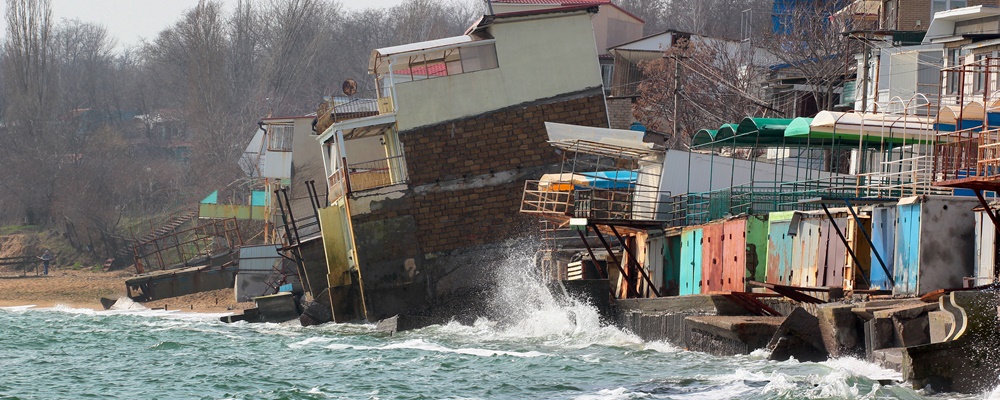
Getting one’s act together
The term blue economy is a recent concept. The canvas of blue economy is wide. Disputes on demarcation of boundaries of maritime zones in terrestrial seas and corresponding rights to exclusively utilize marine assets are arising and being agitated at international forums. The term blue economy became much bandied words in the last decade. The seas and oceans were viewed in the perspective of shipping of goods, fishing and hydrocarbon exploitation. Research is underway to cover its various dimensions so as to economically and commercially exploit the marine resources in a regulated and sustainable manner. The emphasis of coastal countries and the international organizations should remain focused on conserving the ocean resources and collaborative and coordinated development of the marine or blue assets. Pakistan needs to establish pioneer centers of excellence to explore and exploit the potential of the blue economy. Blue economy and its true potential would be best understood by academia with an extensive background in finance, commerce and economics.

By Nadir Mumtaz References:
Blue Economy and Blue Finance , Toward Sustainable Development and Ocean Governance © 2022 Asian Development Bank Institute ISBN 978-4-89974-251-7 ISBN 978-4-89974-252-4 DOI: Https://Doi.Org/10.56506/HDLZ1912 , Https://Www.Adb.Org/Sites/Default/Files/Publication/812076/Blue-Economy-And-Blue-Finance-Web.Pdf https://unstats.un.org/sdgs/metadata/?Text=&Goal=14&Target=14.7 https://unstats.un.org/sdgs/metadata/?Text=&Goal=14&Target=14.b https://www.irena.org/-/media/Files/IRENA/Agency/Publication/2020/Dec/IRENA_Fostering_Blue_Economy_2020.pdf https://www.sciencedirect.com/science/article/pii/B9780128214312000378 https://www.tandfonline.com/doi/abs/10.1080/23308249.2018.1436521 https://www.researchgate.net/publication/323255533_Offshore_Oil_and_Gas

Leave A Comment